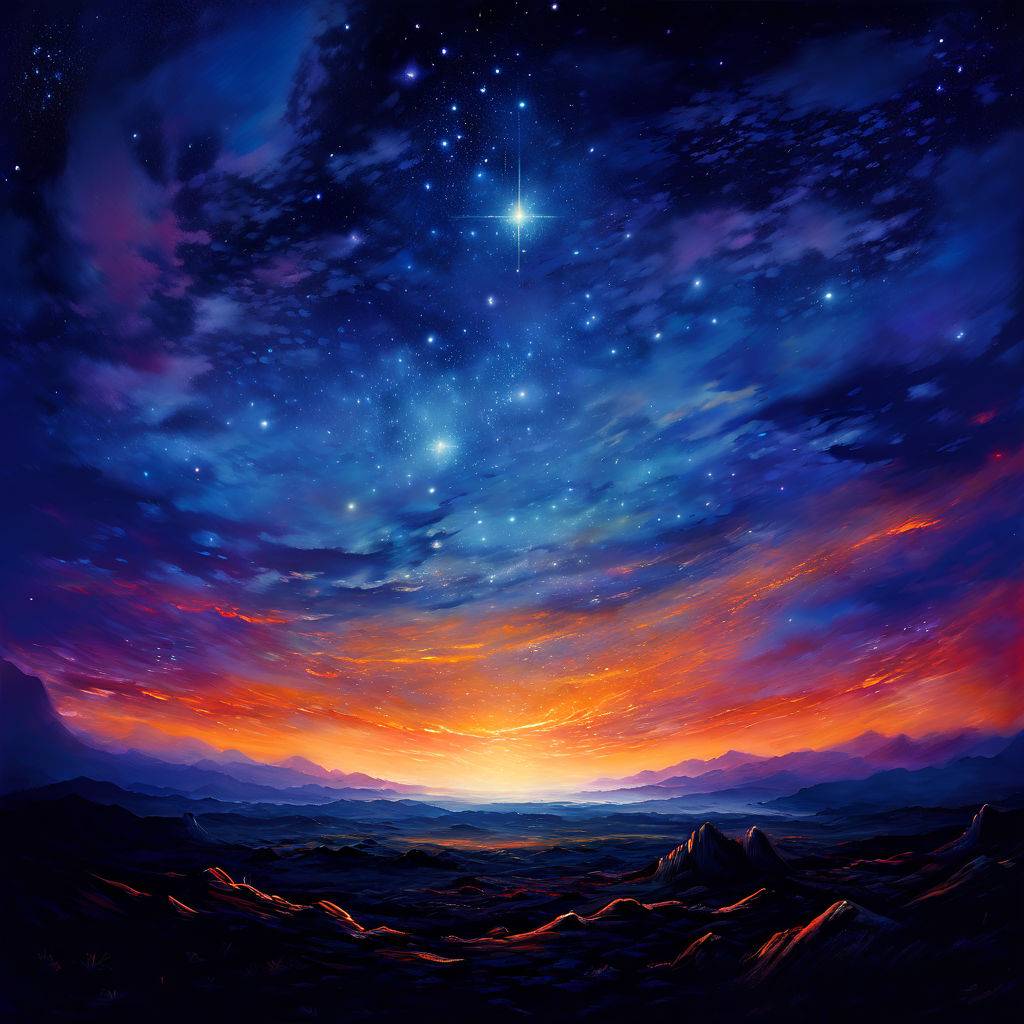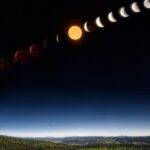Stargazers Anticipate Spectacular Space Event
Greenbelt, Md. (WKRC) — After the recent awe-inspiring total solar eclipse, enthusiasts are gearing up for yet another extraordinary cosmic phenomenon. Astronomers have announced that the stars of T Coronae Borealis (T CrB), a binary system located approximately 3,000 light years away, will dazzle during an exceptionally rare nova explosion slated for later in 2024, reports Space.
Unprecedented Visibility Expected
NASA predicts the rare nova explosion, expected to occur between now and September, will be visible for an entire week. Astronomers are diligently studying the event to determine its precise timing, promising to release further details once confirmed.
Once-in-a-Lifetime Experience
Nova explosions, such as the impending event with T CrB, occur only about once a century, making this a once-in-a-lifetime spectacle for many. These occurrences stem from the close interaction between a collapsed white dwarf star and a red giant star.
Intense Thermal Dynamics
Scientists explain that when the two stars draw near, the red giant’s surface temperature skyrockets dramatically, reaching around 360,000 degrees Fahrenheit from its typical range of 4,000 to 5,800 degrees Fahrenheit. This extreme heat prompts the red giant to shed its outer layers onto the white dwarf, resulting in a colossal explosion akin to a nuclear detonation.
Magnitude of Energy Release
The explosion unleashes an immense burst of energy, estimated to be about 100,000 times greater than the Sun’s annual output. Remarkably, unlike a supernova, this event does not obliterate the star. T CrB and its binary companions have experienced eruptions throughout history, with notable occurrences in 1946 and 1866.
Rapid Cycle and Visibility
A distinctive feature of this event is its rapid cycle, lasting just one week. The explosion’s peak brightness will be visible to the naked eye for several days, extending over a week when observed through binoculars or a telescope.
Future Occurrence and Viewing Tips
Given that the last explosion was witnessed in 1946, astronomers estimate a recurrence approximately every 79 years, suggesting the next event may transpire in 2103. To observe the spectacle, enthusiasts are advised to locate the Corona Borealis constellation, also known as the Northern Crown, situated near Bootes and Hercules, as recommended by NASA.
Witness the Stellar Spectacle
As stargazers prepare for this rare celestial event, anticipation builds for the breathtaking display that awaits. Stay tuned for updates and mark your calendars for the cosmic extravaganza of 2024.
Download The Local News App to your phone for timely updates and celestial events like this one.







Leave a Reply